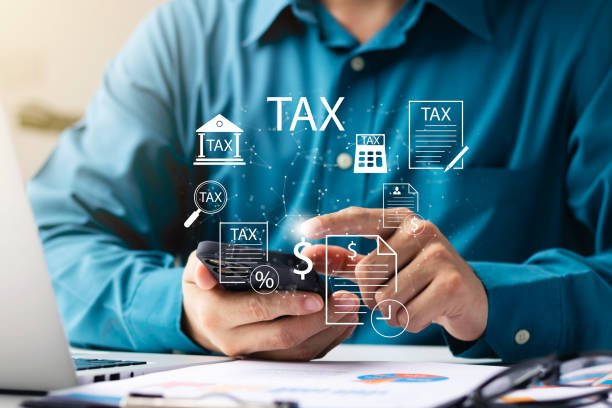Tax season can sneak up fast. Before you know it, the April deadline is just around the corner. The good news is that with a little preparation, you can stay ahead. A yearly financial checklist helps you organize, reduce stress, and possibly save money. Here’s what you should focus on before tax time arrives.
Gather All Tax Documents Early
Start by collecting all the forms you’ll need to file. This includes W-2s from employers and 1099s from freelance work or investment income. Don’t forget interest statements from banks and mortgage lenders. If you received unemployment or Social Security benefits, you’ll get separate tax forms for those as well. Make a list and check off each document as it arrives. Keeping everything in one place makes the filing process smoother.
Review Last Year’s Return
Looking at last year’s return is a smart move. It reminds you of what you filed and what deductions or credits you claimed. You might spot areas you missed or find savings opportunities to explore this year. It also helps you compare your current income and tax situation to the previous year. Use it as a guide to avoid repeating any past mistakes.
Max Out Contributions Where Possible
Before you file, you still have time to contribute to certain accounts that offer tax benefits. Contributions to Traditional IRAs and HSAs (Health Savings Accounts) can be made up until the tax deadline and still count for the previous year. These contributions may lower your taxable income, which can reduce your overall tax bill. Plus, they help build long-term financial security. Review your limits and add what you can
Organize Expense Receipts and Records
If you plan to itemize deductions or claim expenses, you need proof. Gather receipts for things like medical bills, business costs, and charitable donations. If you’re self-employed, also include mileage logs, utility bills, and office supply purchases. Use a spreadsheet or app to track and categorize each one. Good recordkeeping protects you in case of an audit and ensures you don’t miss anything.
Check for Any Life Changes
Major life events can affect your tax situation. If you got married, divorced, had a child, bought a home, or started a business, your filing status and deductions may change. Update your financial documents and be aware of how these events could impact your taxes. Life changes often open up new tax breaks you may not be aware of. Preparing early gives you time to adjust.
Make Estimated Tax Payments if Needed
If you’re self-employed or have side income, you might owe estimated taxes. These are payments made throughout the year to cover income not subject to withholding. Missing these payments can result in penalties and interest. If you’re behind, make sure you catch up before April to avoid extra costs. Use IRS Form 1040-ES to calculate what you owe.
Evaluate Your Withholding
If you got a large refund last year or owed a lot, it’s time to adjust your withholding. The goal is to get as close as possible to a zero balance at filing. Use the IRS Withholding Estimator to check your settings. Then, submit a new W-4 form to your employer if needed. Getting this right will help avoid surprises next year.
Use a Tax Preparation Service If You’re Unsure
Filing can be simple if your finances are straightforward. But when things get complex—like owning a business, having investments, or dealing with multiple income streams—it’s easy to miss details. That’s where a tax preparation service can help. They’ll guide you through the process, spot savings opportunities, and ensure your return is accurate. This small investment can pay off in peace of mind and possibly a larger refund.
Look Into Potential Tax Credits
Tax credits are often more valuable than deductions. They reduce the amount of tax you owe, not just your taxable income. Some popular credits include the Child Tax Credit, Earned Income Tax Credit, and education credits. There are also energy-related credits for things like solar panels and electric vehicles. Make sure you check which ones apply to your situation.
Prepare to File Electronically
Filing electronically is the fastest and most secure way to submit your tax return. It also reduces the chance of errors and helps you get your refund faster. Many tax programs offer step-by-step guidance and automatically check for mistakes. If you qualify, you might be able to use free IRS e-file services. Just be sure to file early to avoid delays, especially if you’re expecting a refund.
Plan Ahead for Next Year
Once you finish filing, take steps to make next year easier. Create a dedicated folder for receipts, tax documents, and important financial records. Set calendar reminders for quarterly tax payments or contribution deadlines. Track deductible expenses in real time using an app or spreadsheet. Being organized year-round makes tax season much less stressful.
Final Thoughts
April may seem far off, but smart taxpayers know the real work starts months before. With a clear checklist and early action, you can avoid last-minute stress, reduce your tax burden, and maybe even increase your refund. Start now, stay organized, and don’t hesitate to get help if you need it. Your future self will thank you.






